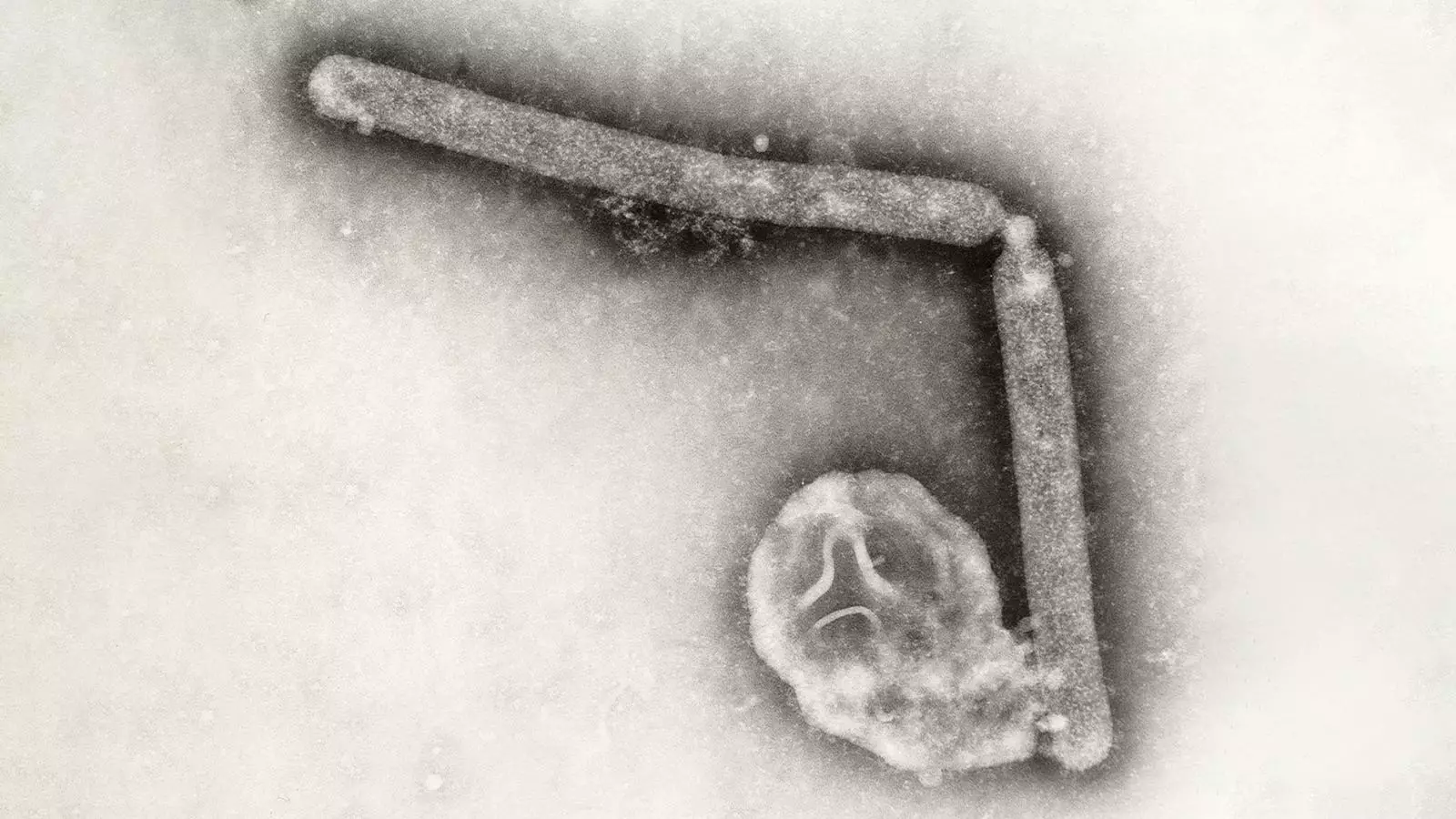Recent genetic analyses conducted by the Centers for Disease Control and Prevention (CDC) have shed light on the mutations of the bird flu virus in an individual from Louisiana. This is particularly notable as it represents the country’s first severe case linked to this strain. While the mutation might enhance the virus’s capability to adhere to human airway receptors — a critical factor for potential transmission — health experts urge caution that this discovery shouldn’t incite widespread panic. The scenario calls for a balanced understanding of how these alterations could impact public health in the future.
Leading experts such as Dr. Michael Osterholm from the University of Minnesota have likened the relationship between viruses and human cells to a lock-and-key system. For a virus to infect human cells successfully, it needs an optimal fit for cellular receptors akin to a key entering a lock. This recent finding suggests the bird flu virus is evolving — potentially developing a “key” that could engage with human cells more effectively. However, Dr. Osterholm emphasized that while the key may fit into the lock, it does not guarantee the door to infection is open. This critical nuance is essential for public perception and health policy discussions.
The CDC’s assessment indicates that, while the potential for the virus’s adaptability is concerning, there is no immediate cause for alarm. The bird flu virus has primarily manifested in people who have had close contact with infected birds, often on farms. In this instance, the Louisiana patient was an older individual with pre-existing health conditions, underscoring the virus’s tendency to affect those who are already vulnerable. Importantly, there have been no reported cases of human-to-human transmission, allowing health officials to maintain that the overall risk to the general populace remains low.
As the world grows increasingly aware of zoonotic diseases — those that jump from animals to humans — the significance of ongoing monitoring becomes clear. Dr. Osterholm has cautioned against complacency, stating that future influenza pandemics are highly probable and could mirror or even surpass the severity witnessed during the COVID-19 pandemic. This foresight highlights the necessity for robust surveillance systems that can detect mutations quickly, ensuring public health officials can respond to emerging threats promptly.
The recent genetic findings related to the bird flu in Louisiana merit attention, but they should not lead to knee-jerk reactions or excessive fear. Understanding the mechanics of viral mutations can help demystify the situation while emphasizing the importance of vigilance in infectious disease monitoring. Public health measures, informed by scientific insight and ongoing research, can mitigate risks and prepare us for potential future outbreaks. As citizens and communities, a proactive stance that blends awareness with reasoned response will be key in navigating public health challenges ahead.

Leave a Reply